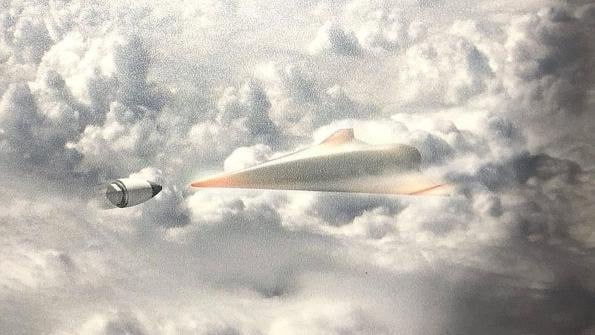
Credit: DARPA
The second phase of DARPA’s Glide Breaker program will seek to conquer the problem of operating a divert and attitude control system (DACS) on a kill vehicle traveling at hypersonic speed within the atmosphere, the agency says in a newly released solicitation. DARPA launched the Glide Breaker...
Subscription Required
This content requires a subscription to one of the Aviation Week Intelligence Network (AWIN) bundles.
Schedule a demo today to find out how you can access this content and similar content related to your area of the global aviation industry.
Already an AWIN subscriber? Login
Did you know? Aviation Week has won top honors multiple times in the Jesse H. Neal National Business Journalism Awards, the business-to-business media equivalent of the Pulitzer Prizes.





